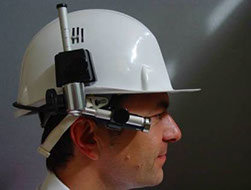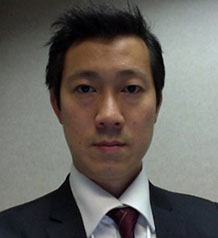MAP - Multimedia Apprenticeship Platform
or The Collaboartive Learning Mechanism.
So far, I've been working with many notions tapping into that silent dimension of affect, touch, unspoken and unexpressed. Something that is being lost in translation from image to word. That elusive thing I wanted to preserve by removing the very necessity of switching mediums between the processes of analysis and publication.
Roland Barthes called it the obtuse meaning, Lacan referred to it as syntom, Deleuze would argue that these are actually two different entities - affect and percept. What pushed me to my current track was yet another notion coming from philosopher Michael Polanyi, but being widely circulated in the field I would normally never touch upon.
And that is - Knowledge Management - and you got it right, it's used by people who help cut jobs and squeeze every living minute out of your life for the sake of productivity.
That terms is TACIT KNOWLEDGE.
It is precisely what it claims to be - the silent component of knowledge, the residue of skills that paradoxically doesn't reside anywhere but mobilize itself on a task-based basis. You know how to ride a bike, how to roll the cigarette or ski, but it takes much more than a description to pass it on to somebody. You can't share that perceptive visceral action of keeping the balance or applying pressure.
And those are precisely the procedural tactics that spring from the aforementioned tension between the outcome, interface and its users. Those procedures could be used for the sake of knowledge validation, interface perfection but primarily - in the process of learning.
Focusing on researchers/makers and their practices, I needed to find a procedure to capture them and that is precisely why I ventured into the field of knowledge management - to extract and deconstruct their models. For the past 20-30 years various knowledge managers were racking their brains over the idea of extracting experience from the workers. If they were able to suck up all that skill and attitude and pass it on to rookies or better - robots - their costs would fall and continuity of work improve dramatically.
The most suitable model I found so far is called MAP - Multimedia Apprenticeship Platform. It was designed by Sophie Le Bellu and Benoit Le Blanc for the French nuclear power plants and is heavily based on video-capture.



I tried to adjust and subvert it in the spirit of Jacques Ranciere's ignorant schoolmaster. Instead of turning it into the automated substitution for the master-apprentice relationship, I intend to wrap the process of knowledge transfer around the notion of collaboration.
I want to create an open reciprocal and collaborative situation within which experienced video-essayists and visual artists would display their gestures, procedures and working methods within the joint effort of tackling the TASK.
The TASK is of double nature - it is going to be a practical task - an audiovisual work - a variation on Harun Farocki's Schnittstelle:
But the most interesting collaboration that I wish to tackle is going to happen on the level of knowledge transfer. So the main TASK is actually going to be the collaborative process of learning.
Among my prospective collaborators I listed so far:

# Dr Catherine Grant
- A founding co-editor of [in]TRANSITION, media scholar and practising video-essayist with vast experience and knowledge on the topic. Catherine Grant is one of the very few people in the field who succesfully employs Video Essays in academic practice both as scholar and teacher.
(Recording on 24.05.2016)

# Kevin B. Lee
- Proclaimed by The New York Times as the King of the Video Essays. Kevin Lee is an exceptional film critic with over 200 video essays on his account who never ceases to expend the format. Lately, he also graduated from The School of The Art Institute of Chicago, what makes him one of the very few video-essayists with experience in artistic research environment.
(Most likely - after graduation)

# Kuba Mikurda
- Philosopher of culture, filmmaker, critic and Film Series editor in Ha!art publishing house. Faculty member of the Department for Contemporary Culture in the Culture Institute at the Jagiellonian University. Co-editor of anthologies about Tsai-Ming Liang, Quay brothers, and surrealism in Polish cinema. One of the initiators and co-founders of the Restart think-tank.
(June 2016)

# Kuba Woynarowski
- an artist and curator, and a creator of comic books, visual essays, films, and installations. In his works, he combines visual theory and practice. In 2014, he was the art director of the Polish Pavilion project at the 14th Biennale of Architecture in Venice.
(June 2016)
Since Catherine and Kevin were both on my prospective external advisors list, this project contains a symbolical twist of turning your mentors into collaborators.
Our meetings are going to be registered according to the revised MAP procedure. Every meeting will result in an audiovisual piece - produced together by me and the invited person (all are facing the same task - outcomes are going to vary depending on their ideas and chosen methods of work) and a rigidly structured 'making of' that would allow me to abstract and analyse specific activities and gestures performed at work.





